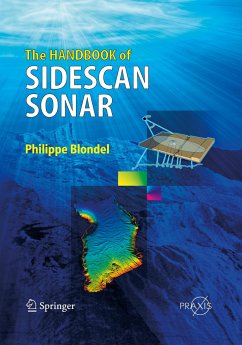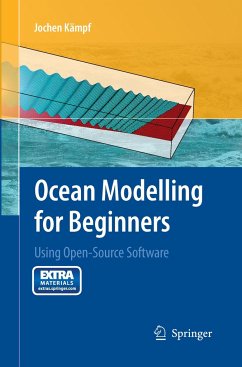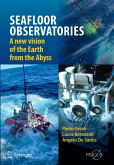Seafloor surveying with acoustic remote sensing has become a powerful tool for researchers and professionals seeking knowledge about the structure and behavior of the seafloor. In particular, sidescan sonar is proving to be the preeminent technique, but its data is often difficult to interpret due to the physics of acoustic remote sensing, and to the varied geological processes at play. This handbook not only presents all the fundamentals but also explains how to interpret sidescan sonar imagery and bathymetry. It fully explores the most recent advances, both in the technology and in the knowledge of marine structures, and provides deep insights for interpretation and decision-making. Broadly expanded and updated from the previous 1997 "Handbook of Seafloor Sonar Imagery", this handbook is indispensable to oceanographers, resource exploiters, telecommunications engineers, and marine researchers of all kinds.








